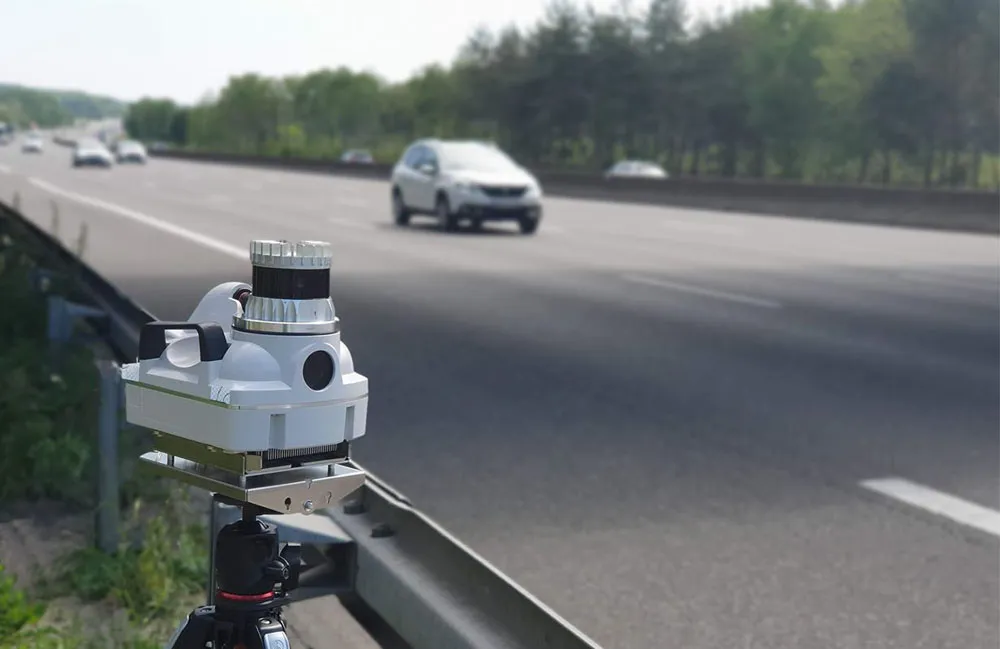
Location information provider TomTom has expanded lane geometry data on its Orbis Maps.
The maps now offer "lane-level precision that is measured in centimetres, available on a global scale and continuously refreshed", it says.
Mike Schoofs, the company's chief revenue officer, says the move marks a "transformative step in mapping technology".
Using AI, including fundamental vision models, TomTom Orbis Maps can now produce 3D lane geometry for any road type, by merging crowdsourced observations from production vehicles and dashcams, aerial and satellite imagery and Lidar survey data.
Advanced driver assistance systems (ADAS) rely on lane-level maps for reliability and safety, TomTom says, and the new maps can offer accurate delineation of road surfaces and painted lines, and combine 3D traffic signs with insights into driver movements and behaviour.
This "enables navigation in complex urban environments through better anticipation of tricky situations, such as busy intersections, high-speed junctions, and interactions with vulnerable road users", the company suggests.
It can also help last-mile logistics by enabling transport companies to optimise pick-up and drop-off processes.
"Urban planners also benefit from greater granularity in map data, which helps them make informed decisions on lane-level traffic management, bike lane and public transport planning, and parking space optimisation," TomTom says.









